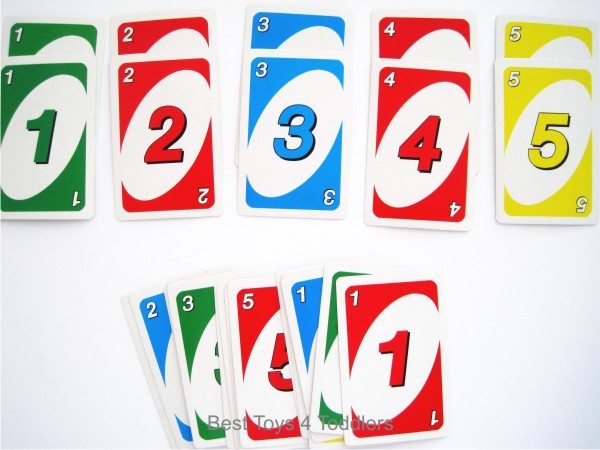There are some financial issues and information that you shall just keep to yourself.
1. “Your Dad makes more money.”
In a dual-career household, you shall refrain from pointing out which parent earns more than the other. Putting a distinct label on the breadwinner signifies that one’s contribution is more important than the other. It is better to highlight that the two of you work as a team in order to cultivate a brighter future.
2. “Your uncle owes us S$5,000.”
You may be infuriated that your brother has not paid his debt. Sure! S$5,000 is a decent amount of money, but you shall not get your children involved in this issue. Children usually mirror the reactions and emotions of their parents. Telling your daughter that her uncle owes you money may ignite hatred or uncomfortable feelings toward him.
It is an admirable thing to warn your children about the risks of lending money. However, you must use an example that is too close to home.
3. “I spent a lot of money for your gift.”
Most children do not mind the cost of your gift. They simply want to relish the excitement that the act of receiving brings. To an innocent child, there is no difference between a bespoke and a store-bought cake. It is still a sweet dessert!
Putting a price on a gift (i.e., high/low or cheap/expensive) can just change their perceptions. Teach your children that the value of the gift is not always reflected on its price tag.
4. “I am broke.”
Have you ever noticed that some of our adult conversations are exaggerated? Children are less likely to absorb our subtleties in communication. Imagine you uttered these words: “I am broke.” Your young offspring may misunderstand what you just said due to your choice of words. Avoid declarations of financial disaster.
Instead, it is important to give your children reassuring messages. You may say that you have to wait a week until the pay day comes.
5.”Do not tell your Daddy/Mommy that I bought this.”
Your devotion to your spouse does not stop after having kids. Make it a point to discuss about your spending habits and future goals. If you are about to purchase something that you want to conceal for now (e.g., a surprise birthday present), do it at your own time. Do not use the vulnerability of a child as an escape.
If you encourage a child to lie to the other parent, it increases the likelihood of dishonesty. It sends a message that spending money is merely a shameful act. All these wrong signals can be prevented by you.
6. “I dislike going to work.”
No matter how tired you are of answering demanding calls or how much you hate your boss, you shall not verbalize these thoughts when your child is around. Complaining about these negative aspects of the job can make your child feel anxious about the future.
Opt for sharing the aspects that you enjoy the most about your job. What makes your work fulfilling and interesting? Dwell on that. Save the serious talk until she or he reaches maturity.
7. “We cannot afford to buy that.”
After spending a few hundreds on the grocery store, it can be confusing to tell your child that you cannot afford to purchase a toy. He or she may think that you spent all your money on groceries or that you have no more money for the important things. Turn this situation around by teaching your children about the importance of prioritizing and delayed gratification.
You may say something along these lines: “Please put that toy back. We do not need it right now. If you really want to buy it, you have to save up for it. I can help you!”

Image Credits: pixabay.com
As with most aspects of parenting, it is best to lead as a positive example to your children. Choose your words wisely.











